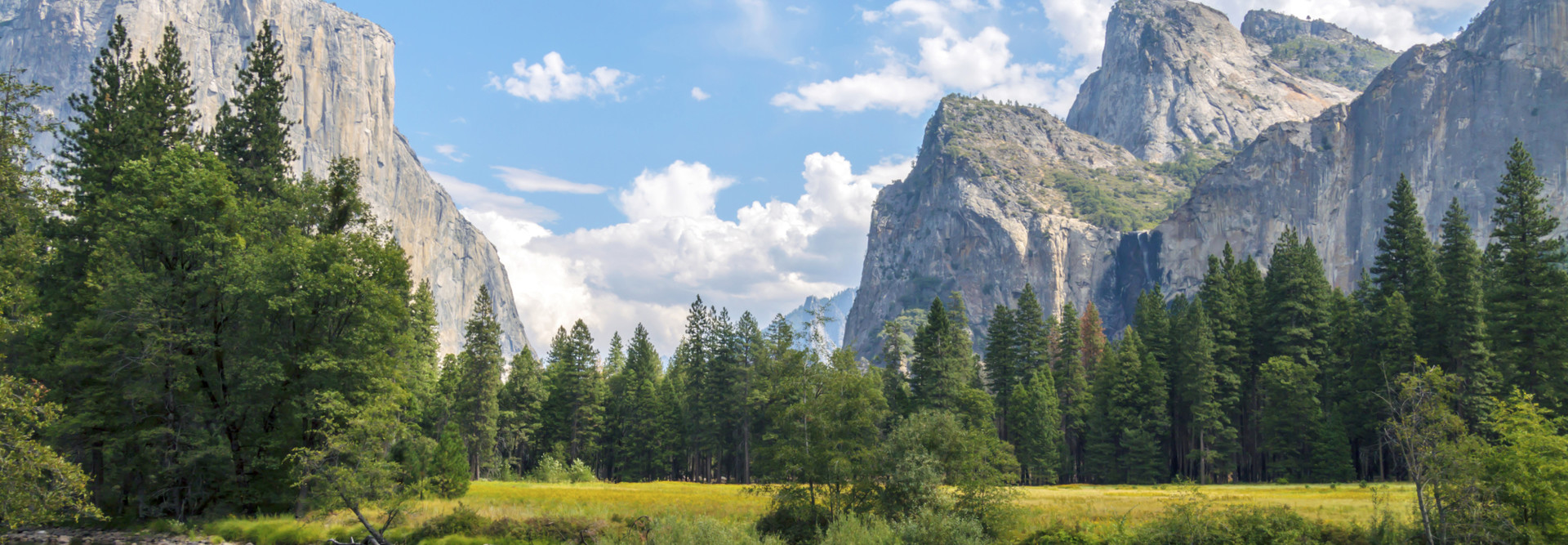Push for Wi-Fi in National Parks Could Prove to Be an Infrastructure Challenge
A renewed push to bring increased Wi-Fi access to the national parks could run headlong into some serious infrastructure challenges. As lawmakers call for the federal government to invest more to expand wireless service in the parks, the National Park Service (NPS) will need to contend with a series of IT and infrastructure hurdles if it intends to make it easier for park visitors to post their vacation photos on Instagram.
In addition to deciding how pervasive the Wi-Fi coverage should be and making sure that the Wi-Fi hotspots have adequate backhaul — connections to the Internet backbone — NPS would need to ensure that it has adequate IT infrastructure to secure the network, according to Peter Jarich, vice president and wireless network infrastructure analyst at research firm Current Analysis.
Jarich told FedTech that NPS will also need to make sure that new Wi-Fi infrastructure can withstand the elements and be properly integrated into the natural environment inside the parks.
A New Drive for Wi-Fi
In a letter to President Barack Obama, five congressmen applauded the Park Service’s effort to bring Wi-Fi to all park visitor centers by the end of 2016, the centennial of the National Park Service. However, they said that “additional resources will be necessary to continue this momentum into future years.”
The letter notes that NPS has expanded Wi-Fi access over the past decade in some parks, including Yellowstone National Park and Lake Mead National Recreation Area. Indeed, in late 2014, the Associated Press reported that NPS officials were holding “preliminary discussions with CenturyLink about installing a $34 million fiber-optic line through neighboring Grand Teton National Park and into Yellowstone.”
While those talks have not yet produced any concrete deployments, Shane Compton, associate CIO for the Park Service, told Federal News Radio in December 2015 that his office is formulating a plan to bring high-speed wireless service to all national parks by 2018.
“We are looking at partnering on testing new ideas. We have new tools out there that have been demonstrated at some of our national events where we have things like cellular on wheels or high-speed microwave,” Compton told Federal News Radio. “Some of those connectivity options, as IT evolves, those technologies often get cheaper and smaller.”
In writing to the president, Reps. Jared Huffman (D-Calif.), Raúl Grijalva (D-Ariz.), Niki Tsongas (D-Mass.), Derek Kilmer (D-Wash.) and Jared Polis (D-Colo.) said expanding Wi-Fi access could bring new, and presumably younger, visitors into the parks.
“Improved connectivity will help to make our parks accessible and engaging to changing park visitor demographics,” the letter states. “It will also support the Park Service’s long-term goals of improving public safety, providing greater interpretive services, and meeting the needs of the visiting public.”
The Challenges Ahead
Jarich said that it would be easier to bring Wi-Fi access to specific areas of the parks, as opposed to a wide-area network deployment. Bringing Wi-Fi to indoor locations would also be easier than outdoor ones, he added.
A middle ground, Jarich said, is bringing Wi-Fi to particular trails or tourist attractions within parks that are popular. No matter what kind of deployment NPS undertakes, it will need to procure backhaul connections for the Wi-Fi access points. That will likely require microwave backhaul as opposed to laying fiber, which would be more expensive and require more construction and disruption to the natural environment.
In addition to the network connectivity, NPS will need to have IT infrastructure to set up content filters, firewalls and a way to authenticate users, Jarich said. Additionally, the Park Service would need to make sure the access points could withstand harsh outdoor conditions and also blend into the surrounding environment without being eyesores. “You don’t want to detract from the reason why people are coming to the park in terms of beauty, so there’s going to have to be some level of disguising,” he said.
Jarich pointed to Cisco Systems and HP-Aruba as two vendors that might be able to undertake Wi-Fi deployments in national parks and also provide the IT infrastructure and integration services.
As FCW reports, “A NPS spokesperson told FCW the agency has established criteria for bringing Wi-Fi to parks, including existing IT support staff for installation and maintenance, the ability to pay for a local broadband circuit that is accessible outside of the NPS network and Wi-Fi gear [that] must be acquired using Information Resource Office funds.”









